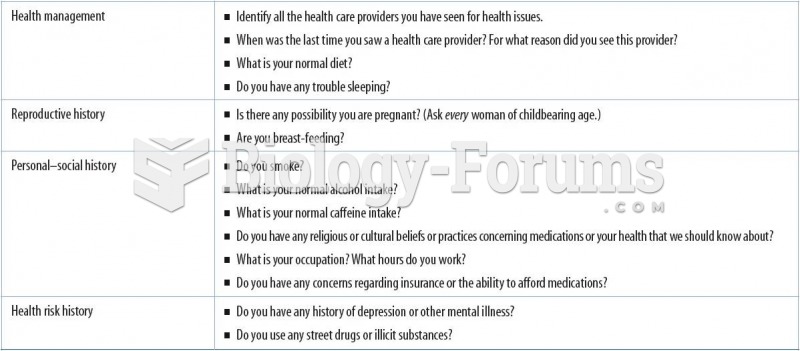After reading the paragraphs below, answer the questions that follow.
Exposure to the HIV virus doesn't necessarily mean that a person will develop AIDS. Some people have genetic resistance to infection by HIV. Dr. Stephen O'Brien from the U.S. National Cancer Institute has recently identified a mutant form of a gene, called CCR5, that can protect against HIV infection. The mutation probably originated in Europe and became more prevalent among survivors of the bubonic plague. The mutated gene prevents the plague bacteria from attaching to cell membranes and, therefore, from entering and infecting body cells.
Although the HIV virus is very different from the bacteria that causes the plague, both diseases affect the exact same cells and use the same method of infection. The presence of the mutated gene in descendants of plague survivors helps prevent them from contracting AIDS. Pharmaceutical companies are using this information as the basis for a new approach to AIDS prevention. This could be very important in areas of the world where the mutation is scarce or absent, such as Africa.
Which of the following shows the steps of a viral infection in the proper order?
◦ virus locates host cell → enters nucleus → alters host cell DNA → destroys cell membrane
◦ virus locates host cell → penetrates cell membrane → enters nucleus → alters host cell DNA → host cell produces copies of virus
◦ virus locates host cell → forms hydrogen bonds → changes DNA to RNA→ host cell produces copies of virus
◦ virus locates host cell → alters host cell DNA → host cell produces copies of virus → copies enter host cell nucleus → nucleus leaves cell







